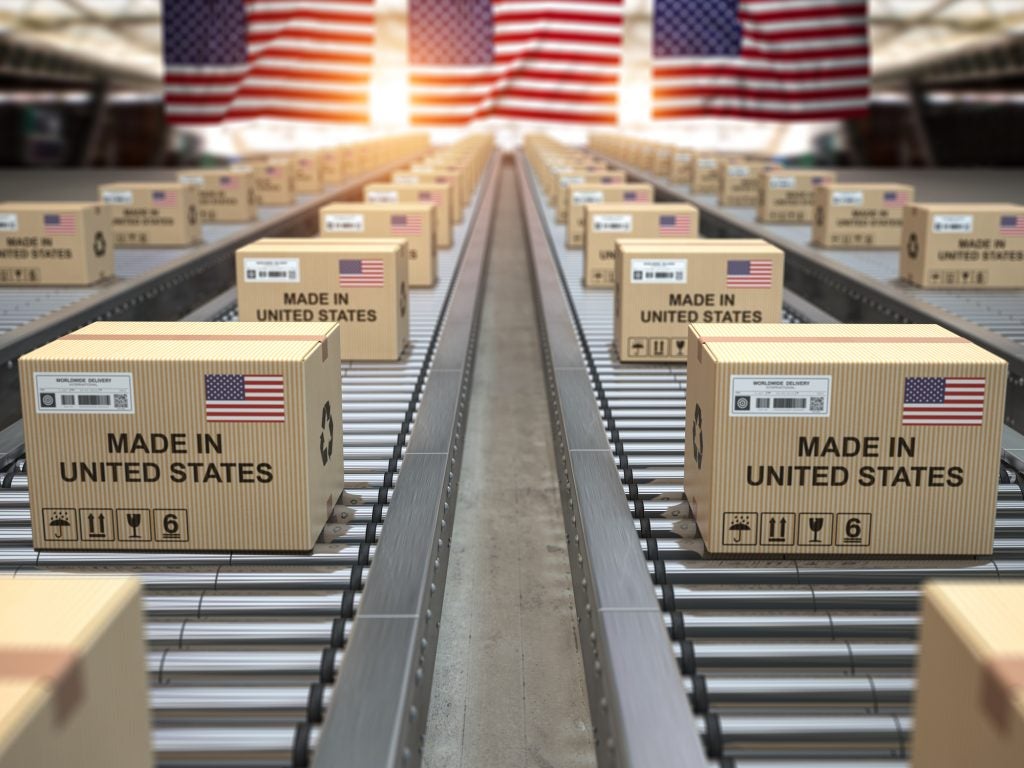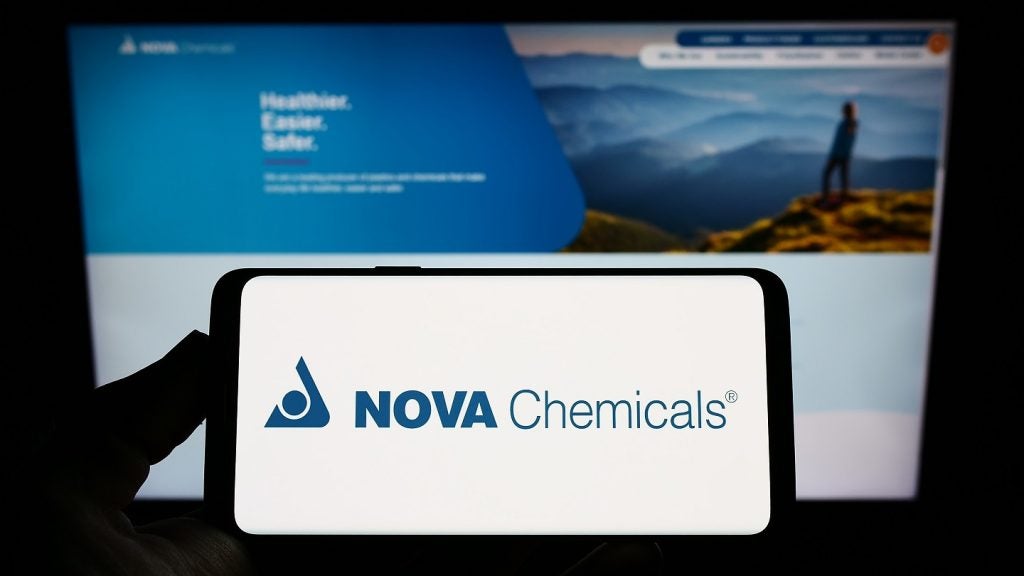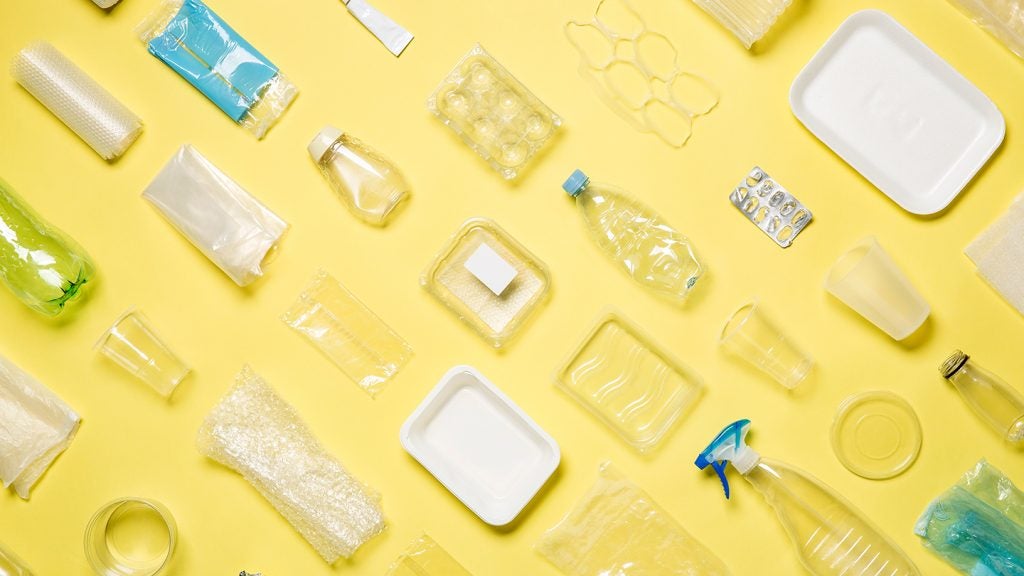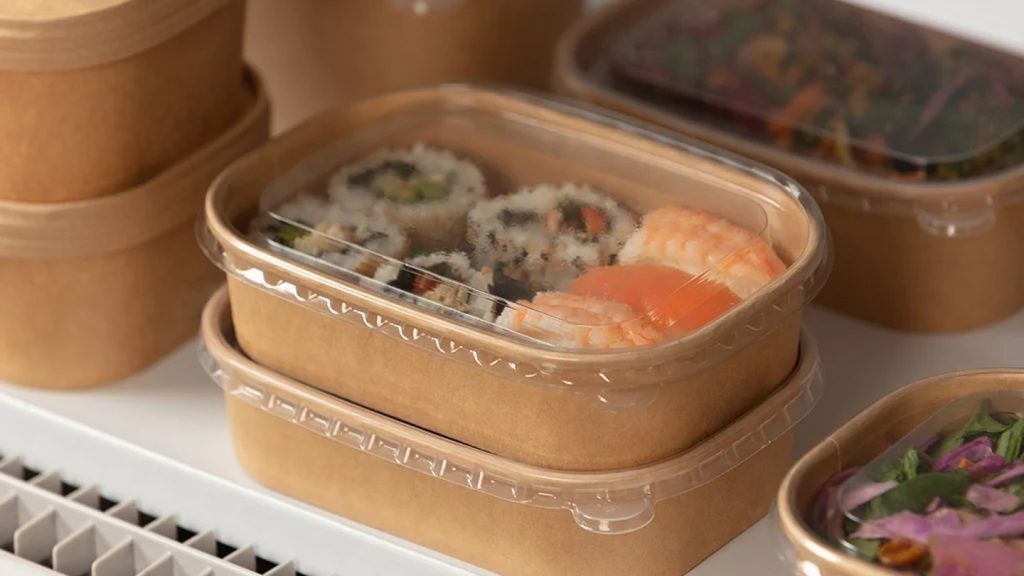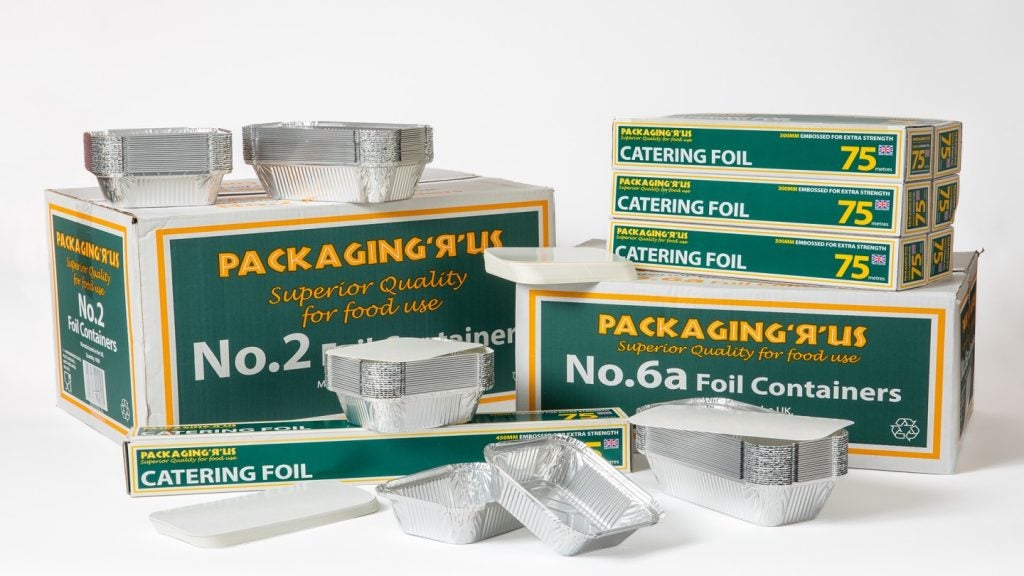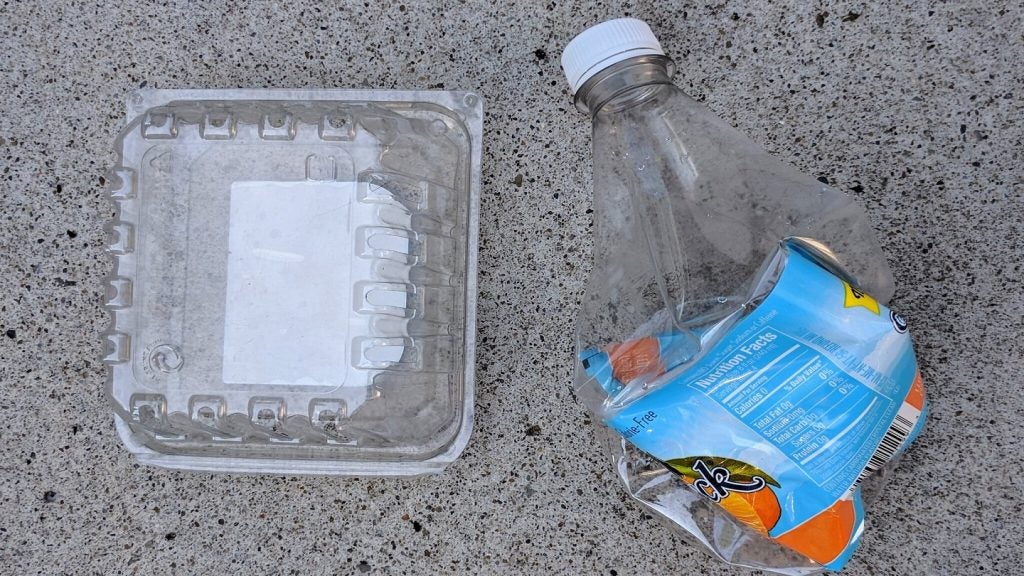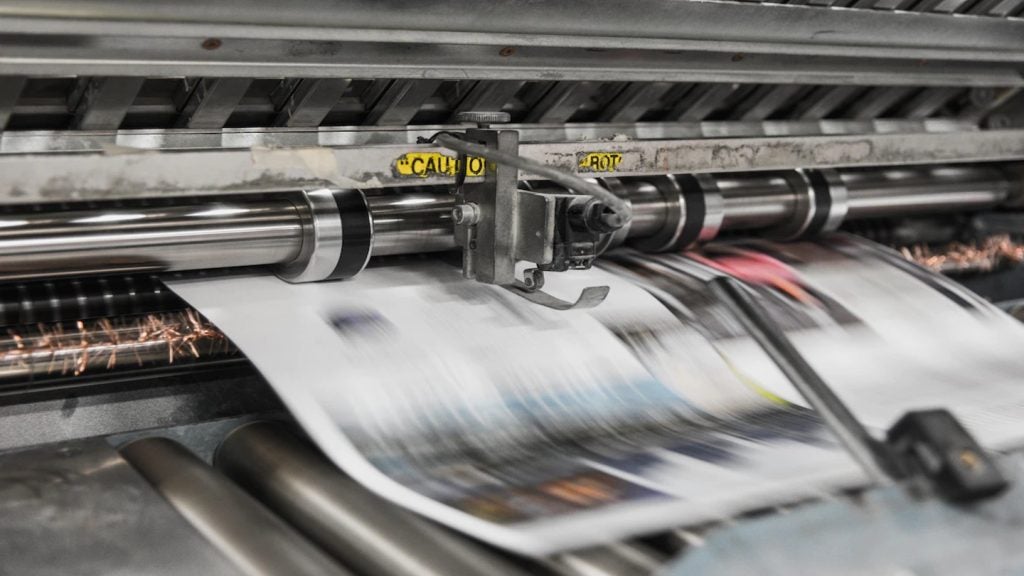As the world recovers from the Covid-19 pandemic and grapples with a host of new uncertainties, consumer attitudes towards sustainable packaging are undergoing significant shifts.
To better understand these changes, global management consulting firm McKinsey & Company conducted a survey and carried out interviews with executives across the packaging value chain.
Prioritising price, quality, and convenience over environmental impact
The survey revealed that, despite growing concerns about the environment, US consumers still prioritise price, quality, and convenience when making purchasing decisions.
Environmental impact remains one of the lowest-ranked factors, but this varies significantly depending on age group and locality. Younger consumers and those living in urban areas showed a higher preference for considering the environmental impact of products before buying them.
Nevertheless, for the majority of consumers, economic uncertainty, especially regarding high prices for necessities, takes precedence over environmental concerns.
Hygiene, food safety, and shelf-life top packaging priorities
When it comes to product packaging, US consumers value hygiene, food safety, and shelf life as the most important characteristics.
The uncertainties brought on by recent disruptions have heightened consumers' focus on these aspects. In particular, shelf life has gained importance as consumers aim to reduce waste and cut costs.
On the other hand, the appearance of a product's packaging has declined in significance. This is likely influenced by the increasing trend of online shopping.
Although environmental impact is considered important by a considerable portion of consumers, its overall importance has decreased since 2020.
Surprisingly, the environmental impact of ocean litter has become the primary concern among environmentally conscious consumers, surpassing other factors such as climate change and deforestation.
Limited understanding of sustainable packaging materials
The survey highlighted that US consumers lack clarity on which packaging types are most sustainable.
While compostable and plant-based packaging are perceived as the most sustainable, there is a lack of consensus on other packaging types.
Moreover, many consumers lack confidence in identifying recyclable packaging, indicating a need for better education and information about sustainability.
Willingness to pay more for sustainable packaging
Approximately half of US consumers express a willingness to pay more for sustainable packaging, with the highest interest found in fresh fruit, vegetables, and beverages.
However, most consumers are only willing to pay a small premium for green packaging. Only a minority of consumers are willing to pay significantly higher premiums.
The path to success in sustainable packaging
The survey results underscore the need for a granular approach when it comes to sustainable packaging in the US market. While certain subsets of consumers show a strong commitment to sustainability, preferences and priorities vary across different segments.
Packaging players need to understand the specific needs and preferences of different end-user groups to create a packaging solution that aligns with their values.
There is no universal solution for packaging players, and a one-size-fits-all approach is unlikely to succeed. Instead, an incremental and tailored strategy that considers consumers' purchasing behaviour, product usage, and disposal habits is necessary. It is essential for companies to address pain points related to recycling and other sustainability practices to offer packaging solutions that resonate with consumers.
Ultimately, the survey reveals that sustainability has the potential to drive growth for products with clear environmental credentials. Companies that can effectively meet the demands of environmentally conscious consumers are likely to outperform their competitors.
However, success in the sustainable packaging market requires a deep understanding of consumer preferences and a flexible approach that evolves with changing attitudes and market dynamics.
As the world navigates through the uncertainties of the post-pandemic era, sustainability will continue to be a key consideration for consumers.
Companies that embrace sustainable packaging and adapt to consumers' evolving attitudes stand to gain a competitive advantage in this increasingly important market segment.


